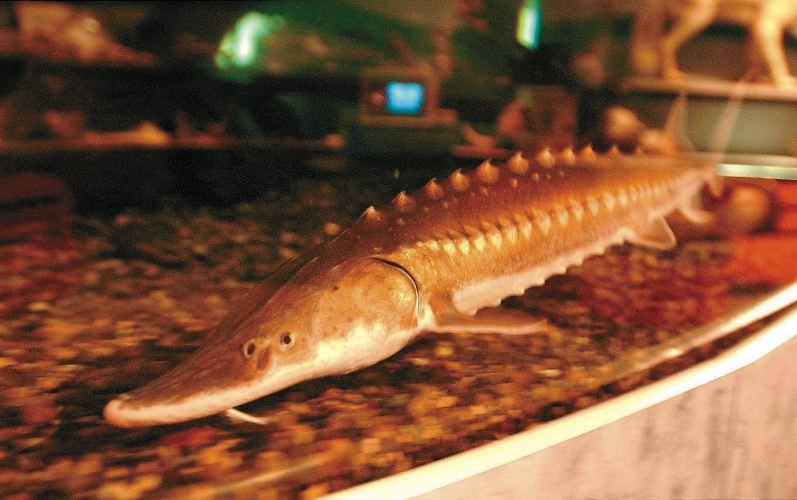A recovery program aimed at preserving the Nechako white sturgeon will place clean gravel in the Nechako River in an effort to improve the survival of the eggs.
Research has revealed sturgeon are dying early during egg incubation and also during the early rearing stage, said Brian Frenkel, chair of the Nechako White Sturgeon Recovery Initiative's community working group.
The recovery initiative's research has found that fine silt and sand have been accumulating in spawning areas which prevents the sticky eggs from adhering to the river bottom.
The fine silt and sand also fill in spaces within the gravel, which limits the ability of sturgeon larvae, the next stage after the egg, to hide from predators.
The goal of the project is to place up to 2,100 cubic metres of clean gravel at two sites in a spawning area near Vanderhoof, 100 kilometres west of Prince George.
The project will be monitored to see if survival rates increase.
Success of the project would provide the basis for planning long-term habitat restoration projects on a large enough scale to help the sturgeon reproduce on their own, said Frenkel.
The Nechako white sturgeon has been in decline since the 1960s.
There are an estimated 450 adult sturgeon left in the Nechako River system, down from an estimated healthy population of about 8,000.
Because the majority of fish are 40 years or older, natural death rates are diminishing the number of sturgeon left in the Nechako, a species genetically distinct from sturgeon in the Fraser River.
The Nechako sturgeon initiatives is taking a two-pronged approach to preserving the fish, which includes the habitat restoration.
The other aim is to use hatchery production to preserve the genetic variation of the sturgeon.
About 15,000 young fish have been reared and released, but the program was halted in 2009 because of a lack of funding.
The Nechako White Sturgeon Recovery Initiative is also advocating for the construction of an estimated $3.5-million recovery facility in Vanderhoof, 100 kilometres west of Prince George.
While the province put up $1.5 million in funding in 2008, and the District of Vanderhoof has offered up land and infrastructure costs, the facility needs more money to go ahead.
A key issue is that not only is money needed to build the hatchery, but also to start an endowment fund to ensure that the facility has an ongoing operating budget.

.png;w=120;h=80;mode=crop)

